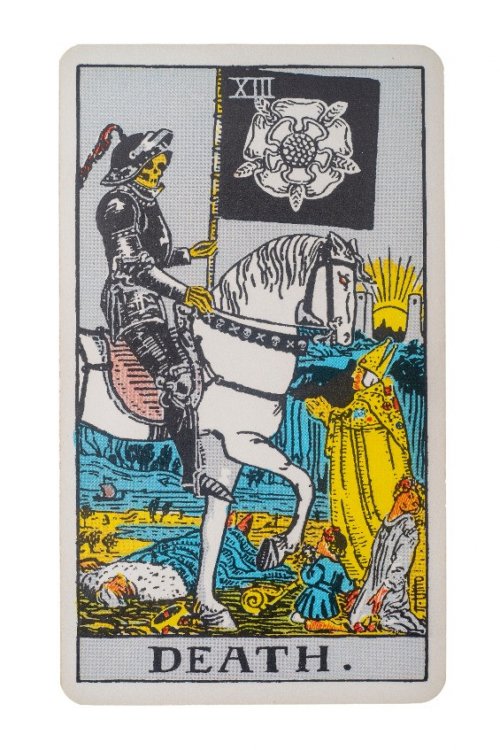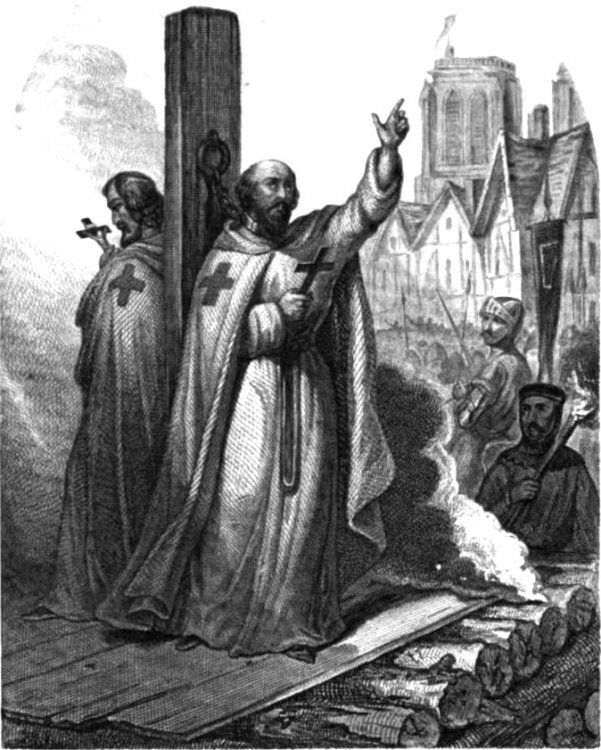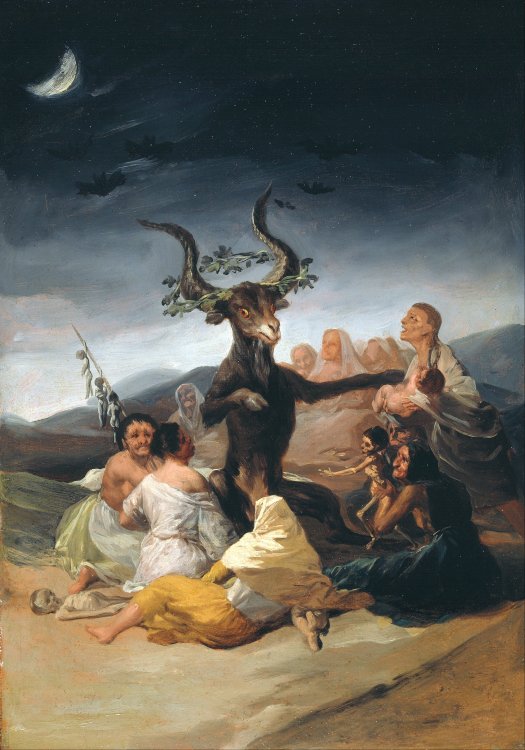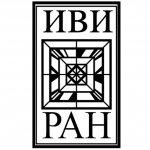Scientific Russia continues a cycle of January publications about the New Year celebrations, the festive season, folk beliefs and traditions.
Superstitions may vary. Some of them circulate within a particular country or population, while others are globally acknowledged and are well-known across many nations. The latter include Friday the 13th and many people believe the day brings lots of trouble, while the number is called the devil’s dozen. What is behind this myth? Let’s find out.
Death card from the Tarot deck. Yala, Thailand. 2020. Photo source: bigjom / 123RF
Some people believe that the superstitions about Friday the 13th may have taken their roots in Medieval Italy when Tarot fortune telling became a trend in this country. The 13th card of the Major Arcana in a traditional deck was and remains the card with the ominous name “Death.” It depicts the Grim Reaper or a skeleton wearing knightly armor surrounded by dead people and one living man begging for mercy under the hooves of his horse. But what does it have to do with Friday? In fact, Friday was traditionally considered the day of the hangman or the day of the noose in Medieval Europe, which meant that the coming day may not bode well. With time, the number 13 and Friday intertwined and the superstition turned out to be so tenacious that it persisted throughout the centuries. This is just one of the many versions that explains the origins of this superstition. It is believed that the “Death” card in the Tarot deck is interpreted as rebirth, transformation, transition from something old to something new: its meaning, unlike the image, is not so ominous, which casts doubt on the authenticity of the Tarot deck version.
Another version explaining the origins of this superstition is associated with the spiritual and chivalry Knight Templar founded in 1119 in the Holy Land (the territory of present-day Israel). By the order of French King Philip IV the Handsome, the “Poor Knights of Christ” were massively arrested in France in 1307 on a fateful date – Friday, October 13th. There is a legend saying that, when standing at the stake in 1314, the Grand Master of the Knights Templar Jacques de Molay cursed the monarch and all people involved in the persecution, so Friday the 13th has become strongly associated with misfortune since that time. It was believed that bad luck could happen to anyone on this day: even the greatest and strongest people were not protected from the evil. The superstition was passed on by word of mouth and accompanied by terrible stories about the arrest of the Templars.
The execution of Jacques de Molay, the last Grand Master of the Knights Templar. Photo source: Jules Edouard Alboise du Pujol, Auguste Maquet Les Prisons de l'Europe, Paris, Administration de librairie, 1845, Wikimedia Commons
There is a special term to denote the fear of Friday the 13th, paraskevidekatriaphobia. It consists of three Greek words: παρασκευή (“Friday”) + δεκατρία (“thirteen”) + φοβία (“phobia”). This term was introduced by American psychologist Donald Dossey somewhat more than 20 years ago. As a rule, people with paraskevidekatriaphobia begin to experience fear and anxiety even before the approach of the fateful day and prefer not to leave their homes on Friday the 13th. Donald Dossey chose such a complex term for a reason: the psychologist believed that one could get rid of the phobia by repeating this word several times or learning it by heart – apparently, it’s all about self-hypnosis.
There is another popular version about Scary Friday the 13th. In ancient times, people believed that witches were gathering for a sabbath exactly on this day, so the devil would join the 12 women at their party of evil spirits, which eventually led to the fear of the number 13. It was believed that on that day evil spirits would engage in riots, destroy crops and play dirty tricks on the locals.
Quite often, the superstition is also associated with religion: at the Last Supper of Jesus Christ and his 12 disciples, that unfortunate 13th person was none other than the traitor Judas. However, the Orthodox Church does not accept superstition, including the fear of Friday the 13th, because superstition takes place of the living faith in divine providence and becomes an obstacle on a spiritual path. Judaism, for example, considers the number 13 generally lucky. It was also considered lucky by the Mayans and ancient Egyptians. In Indonesia, Saudi Arabia, and India, the number 13 is also treated with no antipathy, whereas in Japan, the number 4 is considered to be the unluckiest number: apparently, “four” in Japanese is consonant with the word “si” meaning “death.”
Francisco de Goya. The Witches’ Sabbath (1797–1798)
The war against superstition was waged not only by the clergy, but also by society. Thus, the Thirteen Club opened in New York in the late 19th century. Its main idea was fighting superstitions, including the irrational fear of Friday the 13th. The club had a chain of offices around the world, and five U.S. Presidents were its honorary members. One might wonder why such distinguished guests had the membership. In fact, country’s economy was affected by the people’s fear of Friday the 13th.
“Sometimes the most superstitious people are afraid to do anything on Friday the 13th and so they stay at home. On such days, as economists’ have estimated, the American economy alone loses from $750 million to $1 billion. By the way, polls show that every fifth European resident has a negative attitude towards Friday the 13th. Thus, the losses incurred by the European economy are quite comparable to those of the American one,” writes the Kommersant newspaper.
Nonetheless, the fear of the number 13 lives on in society. Thus, for example, European and American skyscrapers are built without a 13th floor. In Italy, there are often no seats with this number in opera houses, and almost all ships have a cabin 12 followed by a cabin 14. Such countries often don’t have a 13th gate at airports or a room 13 at hospitals and hotels.
Will we ever manage to get rid of the superstitious fear of the number 13 and Friday the 13th? Time will show, but for now we can only hope that this superstition will remain harmless and will not cause anxiety growth or have a bad impact on economy.
Photos in the text and on the website’s main page: 123RF stock images.
























